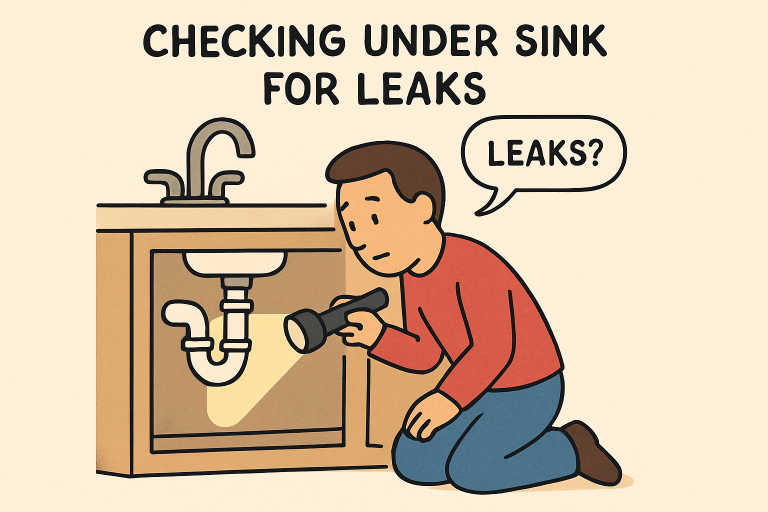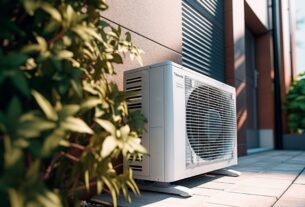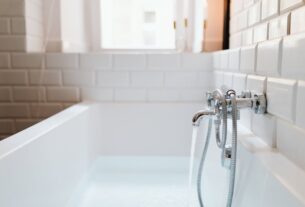Key Takeaways
- Regular inspections help identify potential issues before they escalate and become more severe.
- Proper maintenance of fixtures and appliances extends their lifespan.
- Being mindful of what goes down your drains prevents clogs and damage.
Introduction
Keeping your home’s plumbing in top condition not only saves money on repairs but also brings peace of mind. An effective way to safeguard your pipes and fixtures is to follow consistent maintenance routines and make informed decisions daily. Homeowners can also benefit from having access to essential sewer line service St. George in case larger issues arise. By understanding potential plumbing pitfalls and practicing preventive measures, costly emergencies can be avoided.
Regular Inspections
Proactive plumbing care always begins with regular inspections. Check the exposed pipes in basements, under sinks, and around major appliances for any signs of leaks or corrosion. Watch for damp areas, water stains on ceilings or walls, and even slight increases in your monthly water bill, all of which can signal hidden leaks. Small issues, like these, can be addressed early on before they develop into costly emergencies. Don’t overlook appliances and hidden areas when inspecting; sometimes, trouble starts where you least expect it.
Inspect Fixtures and Seals
Inspect faucets, showerheads, and toilet bases for drips or pooling water. Worn washers, rusted pipes, or loose seals can all lead to water waste and long-term damage. Promptly repairing small leaks protects your home and saves you money. The Environmental Protection Agency reports that fixing leaks can save homeowners about 10% on water bills each year.
Maintaining Water Pressure
While high water pressure feels great in the shower, it can cause significant damage to your home’s plumbing over time. Anything above 60 psi (pounds per square inch) puts unnecessary stress on pipes, increases the risk of leaks, and can even shorten the lifespan of washing machines and dishwashers. Test your home’s water pressure with a gauge that attaches to a hose bib or faucet, an affordable tool available at most hardware stores.
Install a Pressure-Reducing Valve
If your readings exceed the safe threshold, installing a pressure-reducing valve can help regulate the flow and protect your plumbing infrastructure. Regular pressure checks and preventive maintenance ensure a balanced water flow throughout your home.
Proper Use of Drains
The most common cause of plumbing clogs and slow drains is improper disposal of household waste. Never pour cooking fats, oils, grease, or starchy foods down kitchen sinks, as these substances harden and accumulate inside pipes. Coffee grounds, eggshells, and fibrous vegetables (like celery or potato peels) are also notorious for creating stubborn blockages.
Bathroom Drains and Maintenance
In the bathroom, always use drain screens in sinks, bathtubs, and showers to catch hair and soap scum. Hair is a leading cause of slow drains and backups in bathroom plumbing. Once a month, use a mixture of baking soda and vinegar, followed by hot water, to naturally clean and deodorize your drains, thereby reducing buildup and ensuring water flows smoothly. Avoid using chemical drain cleaners, as they can cause long-term damage to pipes.
Water Heater Maintenance
Your water heater is a crucial component of your plumbing system, and regular maintenance directly impacts its efficiency and lifespan. Once a year, drain several gallons (or the entire tank) to flush out sediment and minerals that collect at the bottom, which can cause overheating or rust. Be sure to check the anode rod and replace it if necessary, as this part prevents corrosion inside the tank.
Safety and Efficiency Checks
Test the pressure relief valve periodically to ensure it functions properly, and inspect the unit for any signs of leaks. Keeping your water heater running efficiently not only saves on energy costs but also prevents unexpected breakdowns and water damage.
Insulating Pipes
Pipe insulation is a crucial task for those living in areas with freezing winter temperatures. Insulating pipes in unheated areas, such as attics, basements, or exterior walls, protects them from bursting during cold snaps. Foam pipe sleeves and heat tape are affordable and effective solutions for this purpose.
Benefits Beyond Burst Protection
Insulation not only prevents freezing but also helps conserve energy by maintaining water temperature as it travels through the pipes. Insulated pipes deliver hot water faster and reduce heat loss, which is especially beneficial during colder months.
Knowing Your Shut-Off Valve
Familiarity with your main water shut-off valve is essential in any household. In an emergency, such as a burst pipe or major leak, knowing where this valve is located and how to operate it enables you to stop the water flow and minimize potential damage immediately.
Label and test the valve.
Locate your main shut-off valve (usually where the water line enters your home) and test it periodically to prevent it from seizing. Clearly label the valve location so all household members can find it quickly if needed.




